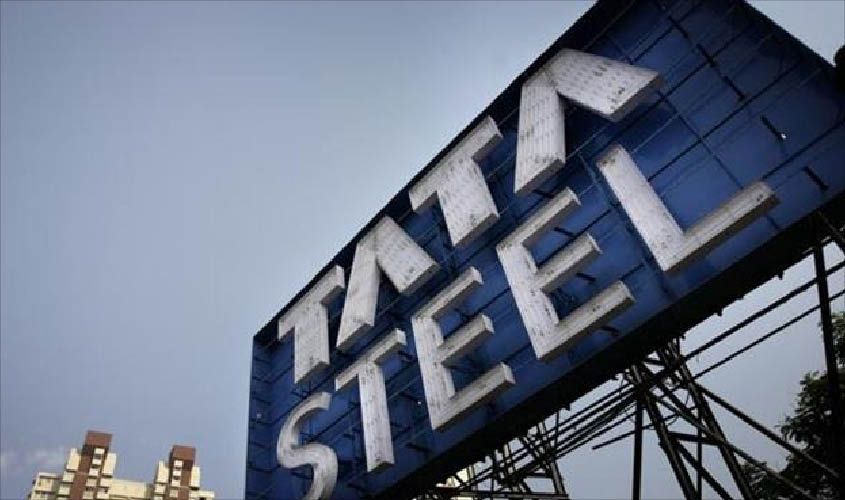Company plans to ramp up its production to 25 million tonnes per annum by 2025, and increase the Kalainganagar plant capacity to 8 million tonnes .
Jamshedpur: Tata Steel plans to ramp up its production to 25 million tonnes (MT) per annum by 2025.
Tata Steel sources told The Sunday Guardian that the capacity of the main Jamshedpur plant has become 11 MT, while the capacity of the plant which has become operational in Kalinganagar (Odisha) is 3 MT. The company is working out plans to increase the Kalainganagar capacity to 8 MT.
“Besides, the company has taken over Bhushan Steel, whose present capacity is 3.5 MT, which is expected to increase to 5.5 MT in the next few years. The company has also acquired Usha Martin (1 MT). So, all this will help increase the overall capacity of Tata Steel to 25 MT, which is almost one fourth of India’s total steel production,” a company source said. This is to be noted that the Bhushan Steel Limited Company was recently renamed as Tata Steel BSL Limited after the Union Ministry of Corporate Affairs accorded its formal approval for this.
The name change was part of the process to integrate the company’s operations within the Tata Steel fold and to align to the Tata brand and also to give the company a singular identity with the Tata Group.
The company is focusing on capacity expansion of its Kalinganagar plant. The groundbreaking ceremony for the expansion to 8 MTPA was recently held through video conferencing by Odisha Chief Minister Naveen Patnaik, in presence of Chairman Tata Group Natarajan Chandrasekaran and Tata Steel CEO and MD T.V. Narendran. The project will cost the company Rs 23,500 crore and will be completed within 48 months.
“Within a year of its commissioning, the Kalinganagar plant saw almost full capacity utilisation, and now the company is beginning the second phase of expansion. The Kalinganagar facility is expected to be one of the lowest-cost producers of steel in the world,” said the company source. The Kalinganagar plant, which started commercial production in May 2016, has generated direct and indirect employment opportunities for more than 21,000 people in Odisha. Company officials are upbeat over the recent acquisitions of Bhushan Steel and Usha Martin even as the entire Steel City is celebrating 100 years of naming of “Jamshedpur”. It was on 2 January 1919 that a small hamlet known as “Sakchi” was rechristened as “Jamshedpur” by Lord Chelmsford, the then Viceroy of India, in memory of Tata Steel founder Jamshetji Nusserwanji Tata. US engineer Julian Kennedy planned the city

